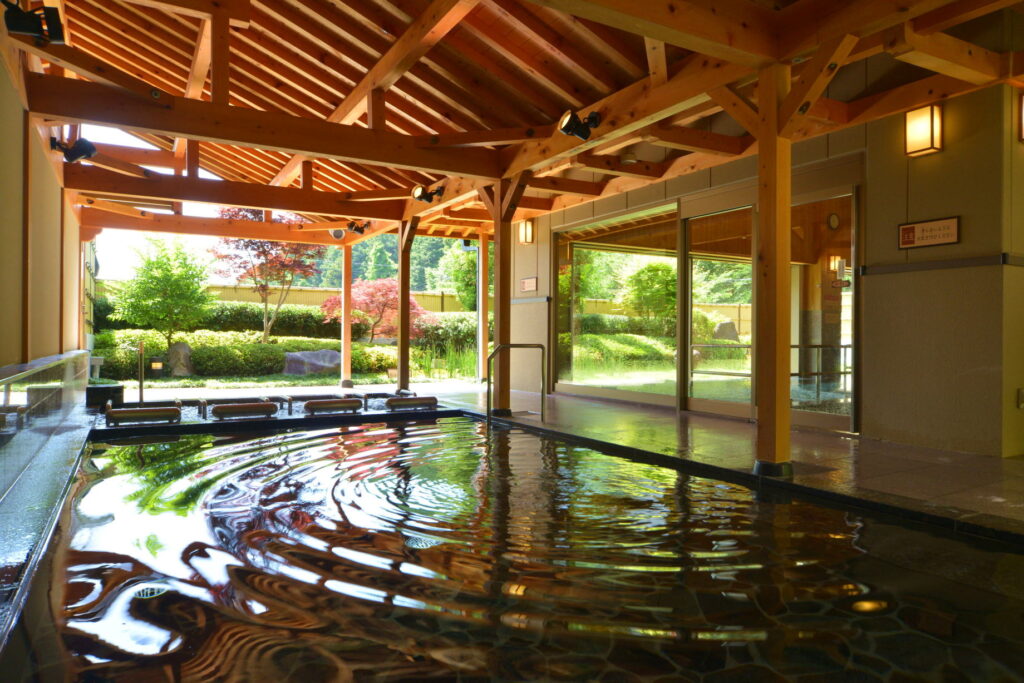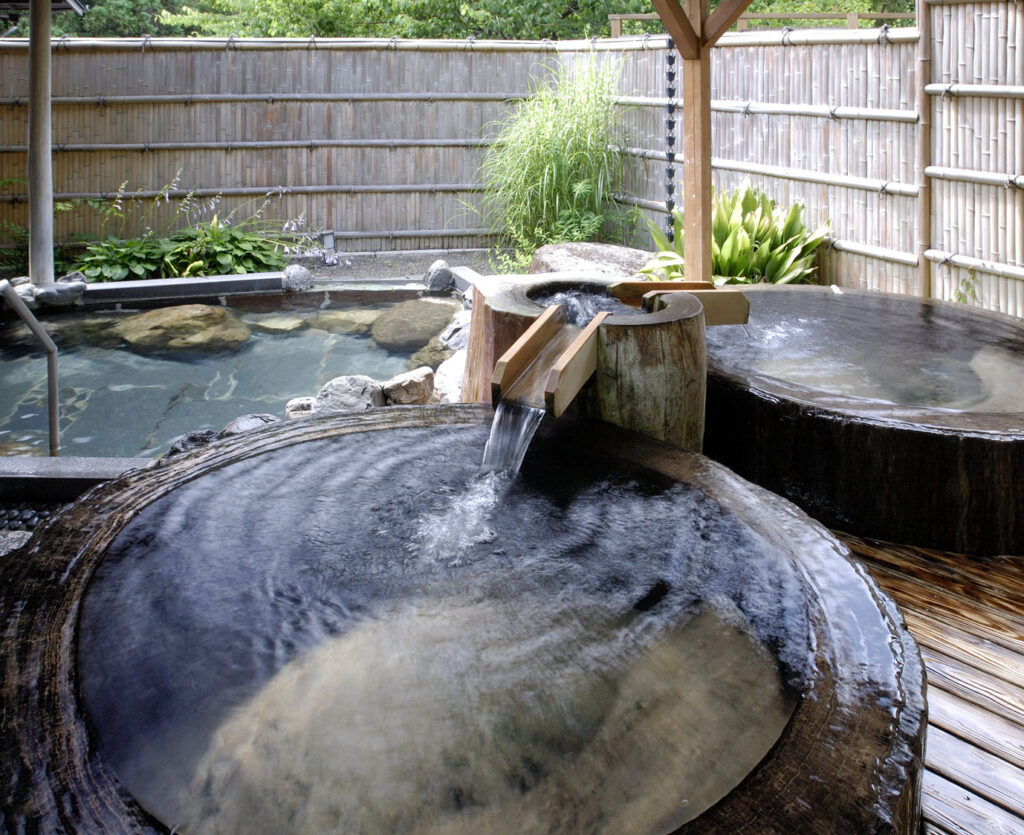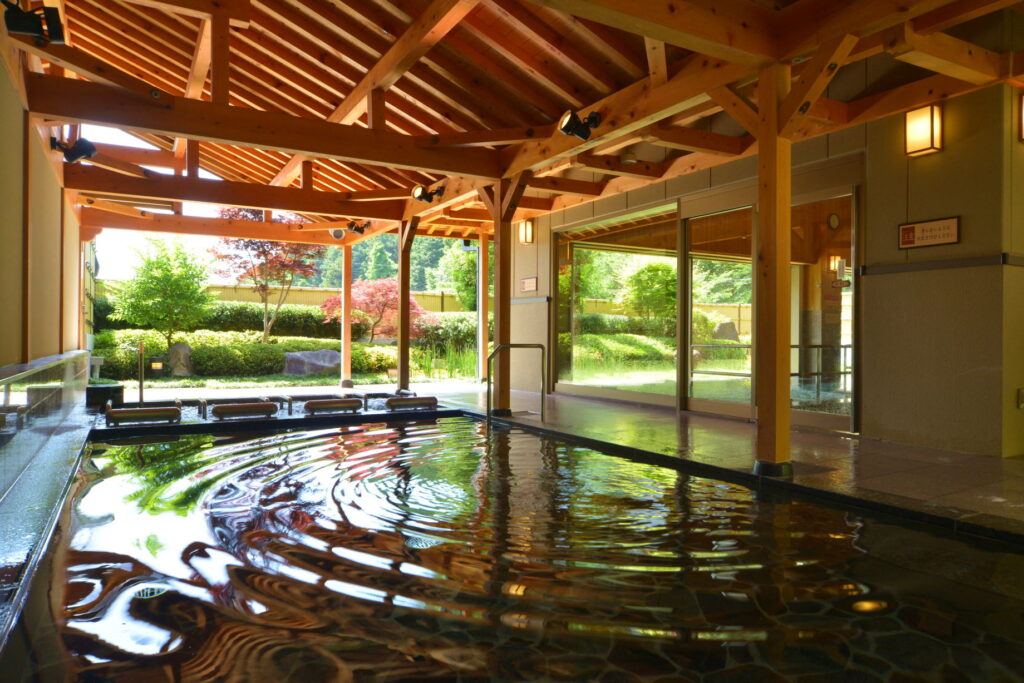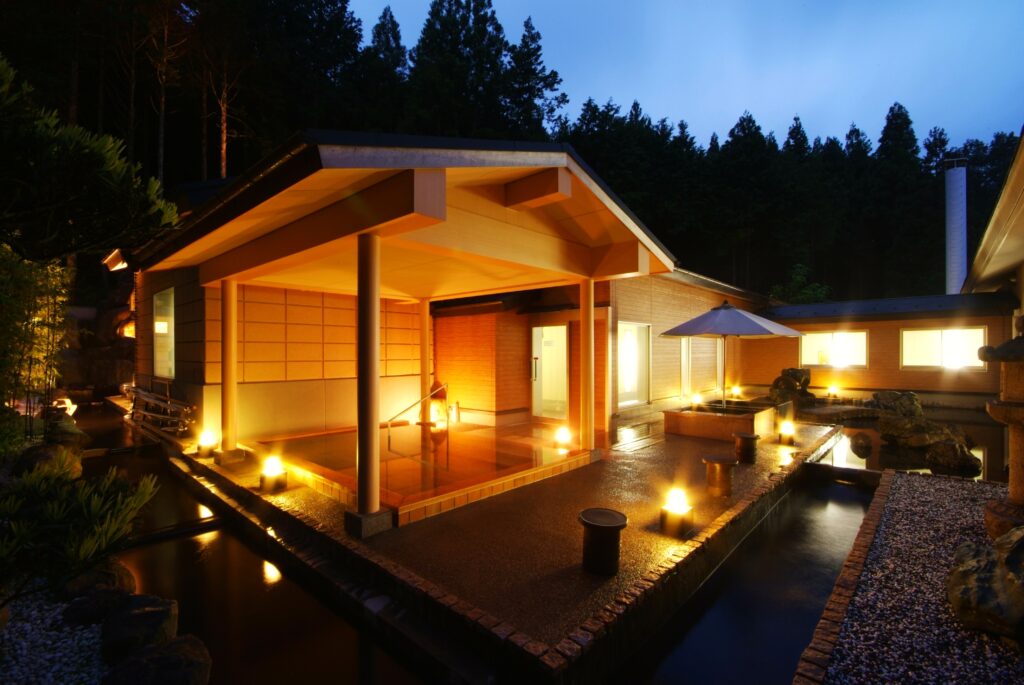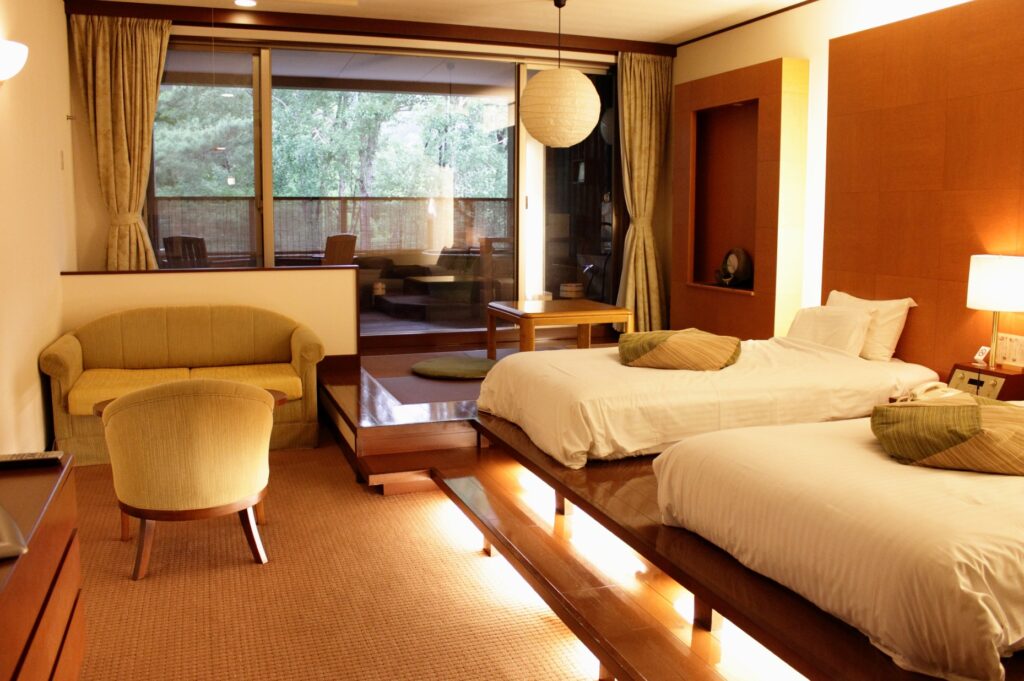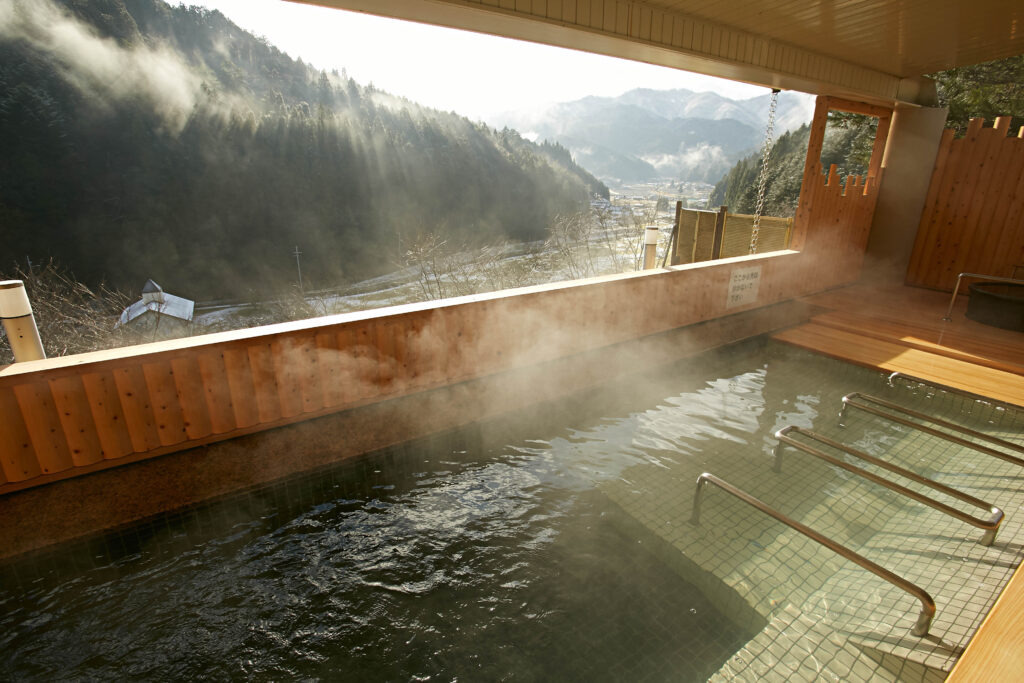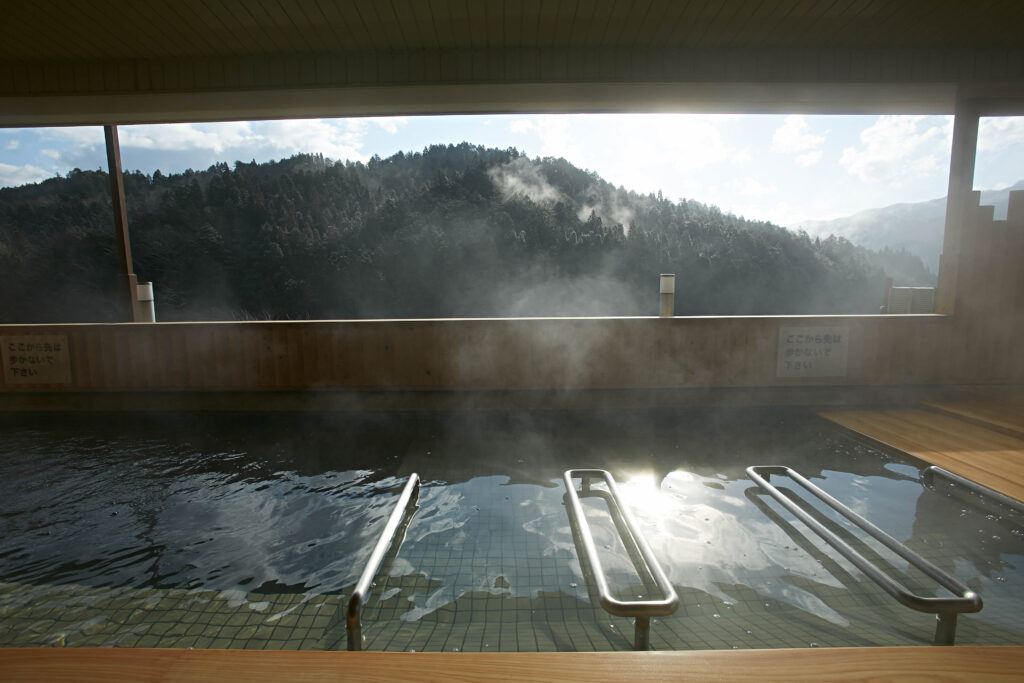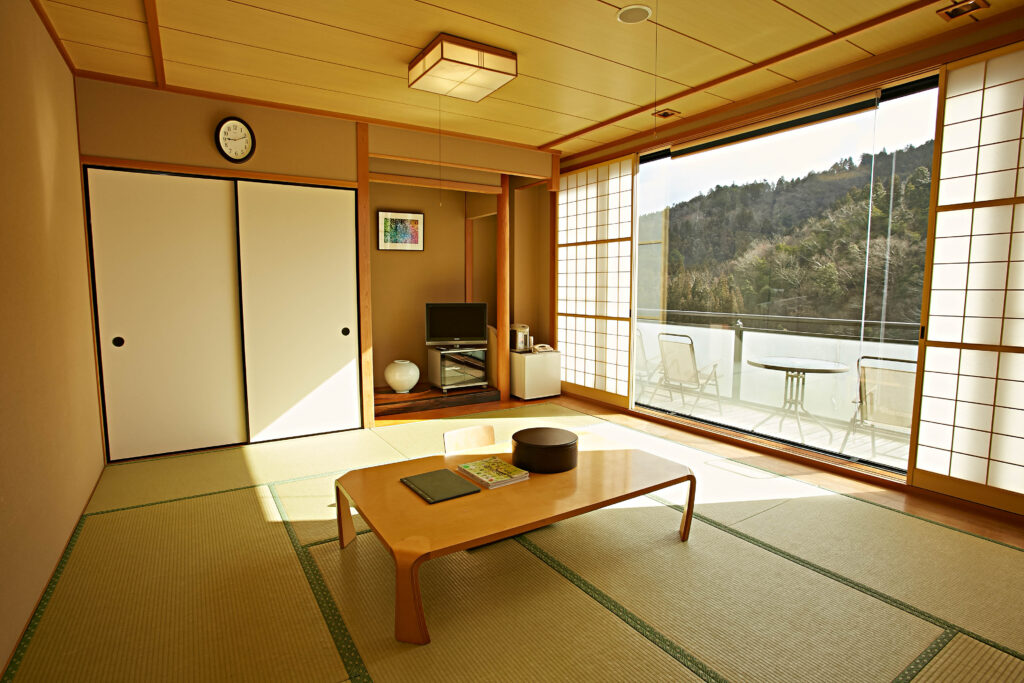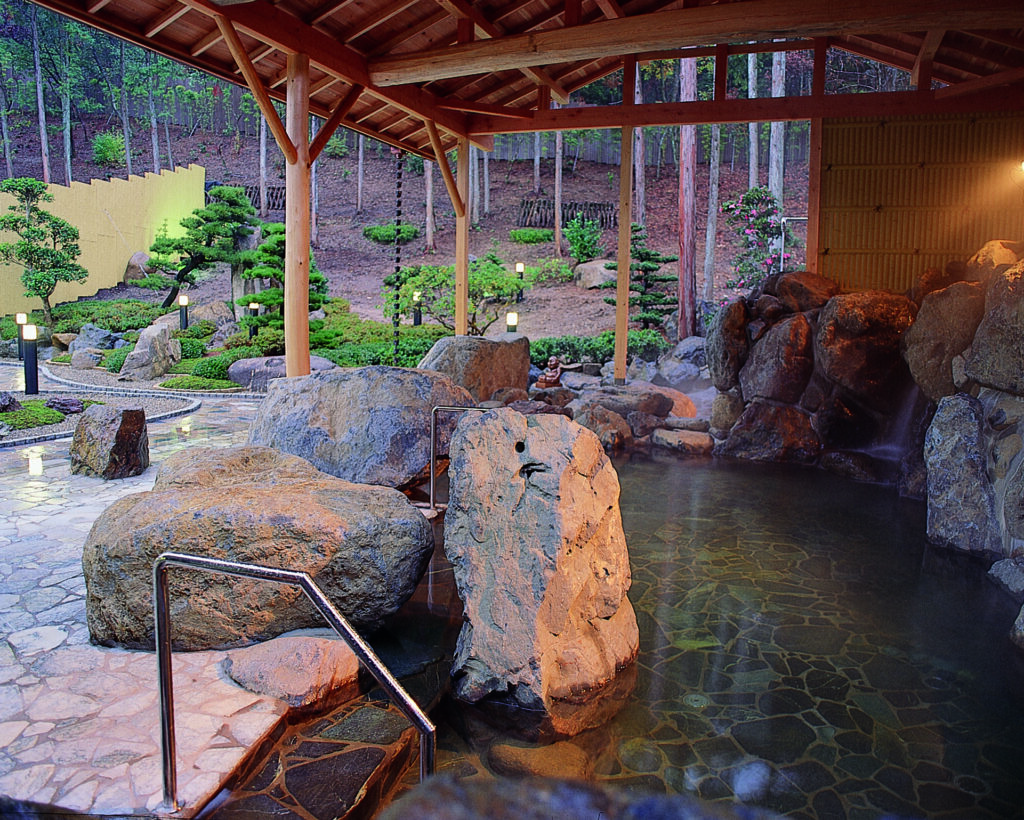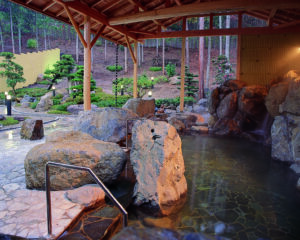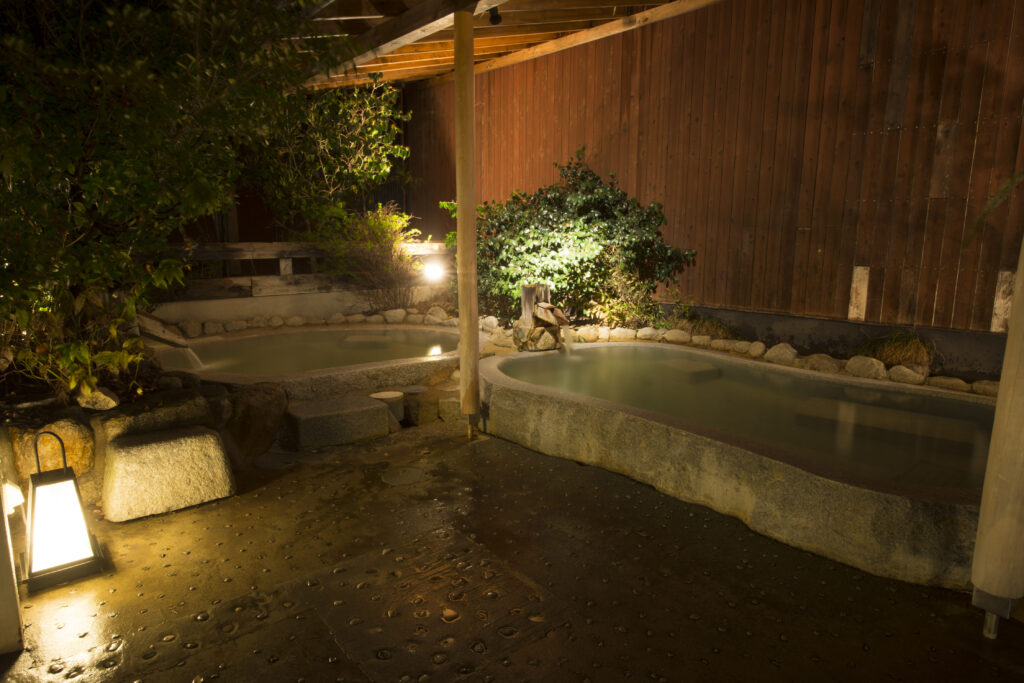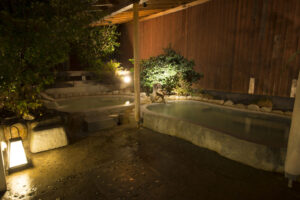What is an onsen?
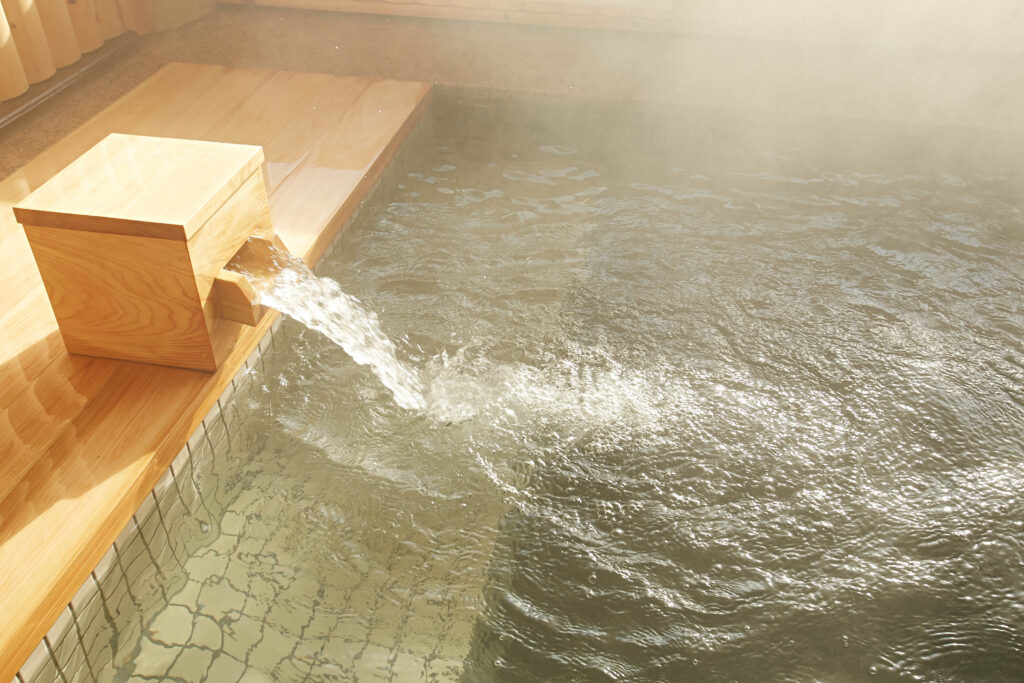
For those who are not familiar with the concept, an onsen is a hot spring where you can bathe in water that’s naturally heated underground. As well as being blissfully warm, the water is usually abundant in dissolved minerals that vary from location to location. In addition to affecting the colour and scent of the water, specific minerals are said to bring different health benefits to bathers. These include everything from helping with skin ailments to lowering blood pressure. In the vast majority of onsen, you bathe naked and the baths are segregated by gender. Don’t worry if you feel apprehensive about this though, because any discomfort will soon melt away as you relax in the rejuvenating hot water! Alternatively, many onsen have private baths that you can use on your own or with your group so you don’t have to disrobe in front of strangers.
